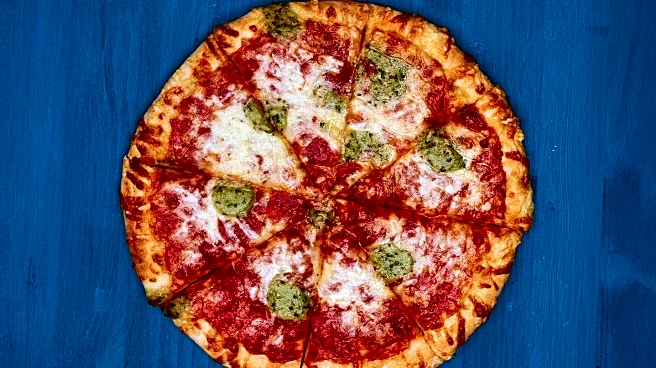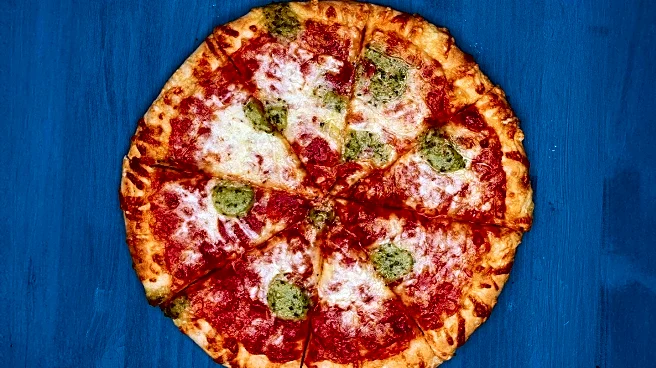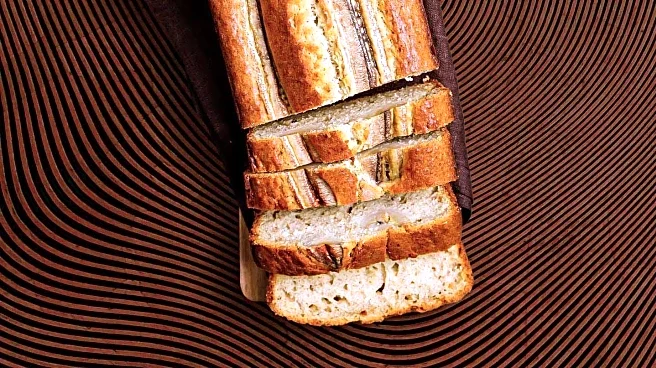What's Happening?
During World War II, American soldiers stationed in Italy were introduced to pizza, a dish that was largely unknown outside Italian immigrant communities in the U.S. The soldiers' exposure to Italian cuisine,
including pizza, led to a significant increase in demand for Italian food upon their return home. The war effort also saw Italian immigrant Hector Boiardi, known as Chef Boyardee, supplying canned Italian food to troops, further familiarizing them with Italian flavors. The post-war period saw a dramatic rise in oregano sales and the establishment of pizza chains across America, transforming pizza into a staple of American cuisine.
Why It's Important?
The introduction of pizza to American soldiers during World War II played a crucial role in popularizing the dish in the United States. This cultural exchange highlights the impact of global conflicts on culinary traditions and the integration of diverse cuisines into mainstream American culture. The widespread acceptance and adaptation of pizza reflect broader trends of cultural assimilation and the influence of immigrant communities on American food preferences. The growth of pizza chains and the development of new cooking technologies facilitated the dish's expansion, making it accessible to a wider audience and contributing to its status as a beloved American food.
What's Next?
The legacy of World War II's influence on American cuisine continues to be felt today, with pizza remaining a popular and versatile dish enjoyed by millions. The ongoing evolution of pizza, including the introduction of new flavors and styles, reflects the dynamic nature of culinary traditions and the role of innovation in shaping food culture. As American tastes continue to diversify, the integration of international cuisines into everyday dining experiences is likely to persist, driven by cultural exchanges and the global movement of people and ideas.
Beyond the Headlines
The story of pizza's rise in America illustrates the broader impact of historical events on cultural practices and consumer behavior. The integration of Italian cuisine into American dining habits is a testament to the power of cultural exchange and the ability of food to bridge cultural divides. The role of immigrant communities in shaping American food culture underscores the importance of diversity and inclusivity in the culinary world.













